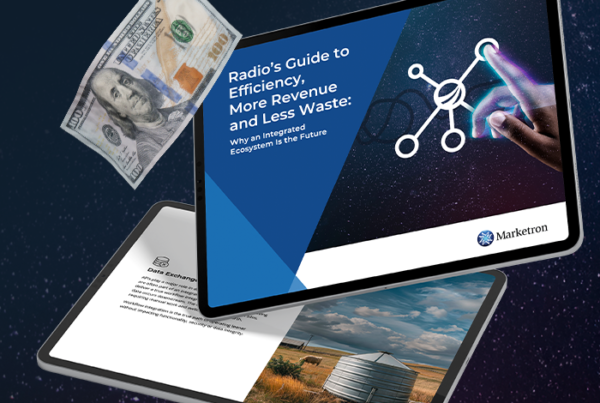Spot pricing for local TV ads is evolving. A shift toward rate optimization has been a priority for the industry, with many organizations at least considering it. There’s more urgency now than ever to maximize the value of your inventory, as the year ahead will see TV linear revenue decline by 3% due to economic uncertainty and no boost from political ads. The strategy for savvy media companies is to adopt yield management. However, not all yield management tools are the same or in real time. For the real-time component, you’ll need a dynamic pricing platform.
Dynamic Pricing vs. Yield Management
In many cases, the industry uses the terms interchangeably. On the surface, they do mean the same thing. It’s a process that balances supply and demand for finite inventory (spots). It combines data, decisions and deal-making to optimize how you price your spots.
Yield management helps you price to the market rather than selling every spot at the same price or depending on intuition or historical numbers to price.
There is a difference between yield management and dynamic pricing, with the latter being the real-time component of the former.
Most yield management solutions aren’t in real time. They may only update a few times per week or just once per week. In this scenario, you’re missing key pieces of information regarding demand and availability. Last week’s data doesn’t depict the complete story of what you should be pricing today.
Hotels and airlines, the industries that pioneered yield management, would never offer rates that weren’t up to date. Neither should you.
So, how does real-time dynamic pricing work?
The Essentials of Real-Time Dynamic Pricing
If your organization is ready to implement dynamic pricing, you’ll need a few things to make it work. There are many yield management platforms, but few are for the broadcast industry. So, that’s your first requirement.
When evaluating the options, you must ask many questions about how often the system updates. The “update” would be data directly from your traffic system regarding availability. Most don’t update at this level, so the rate calculated for the spot may not even exist!
Ideally, your system should update avails and pricing every 30 minutes. With this interval, your sellers can be confident that it’s the right price for the spot. It’s hard to achieve true rate optimization across your enterprise without accurate data. This level of granularity is critical for having rates that reflect the current situation of demand.
Another complexity of some systems is how you access avails. Without an integration with your traffic system, your salespeople will need to log in to it to find this information. That can cause delays in providing proposals and is no picnic for your sellers, who may find the traffic platform less than user-friendly.
A Dynamic Pricing Solution Fuels Revenue Growth
When you have a solution that can do all these things well, you have an opportunity to increase top-line revenue by 5% or more. It’s a method that works in any market and can be vital in negotiating with advertisers. It works even on dayparts that don’t always sell out, and it can prevent over-discounting since you can set floors, ceilings and discount tolerances.
You can access all these features and advantages with Marketron REV, an innovative, award-winning comprehensive sales platform that enables broadcasters and media companies to power their success.
Experience REV today by requesting a customized demo.







